Staying Safe: Testing and Replacing LP-gas, Carbon Monoxide and Smoke Detectors
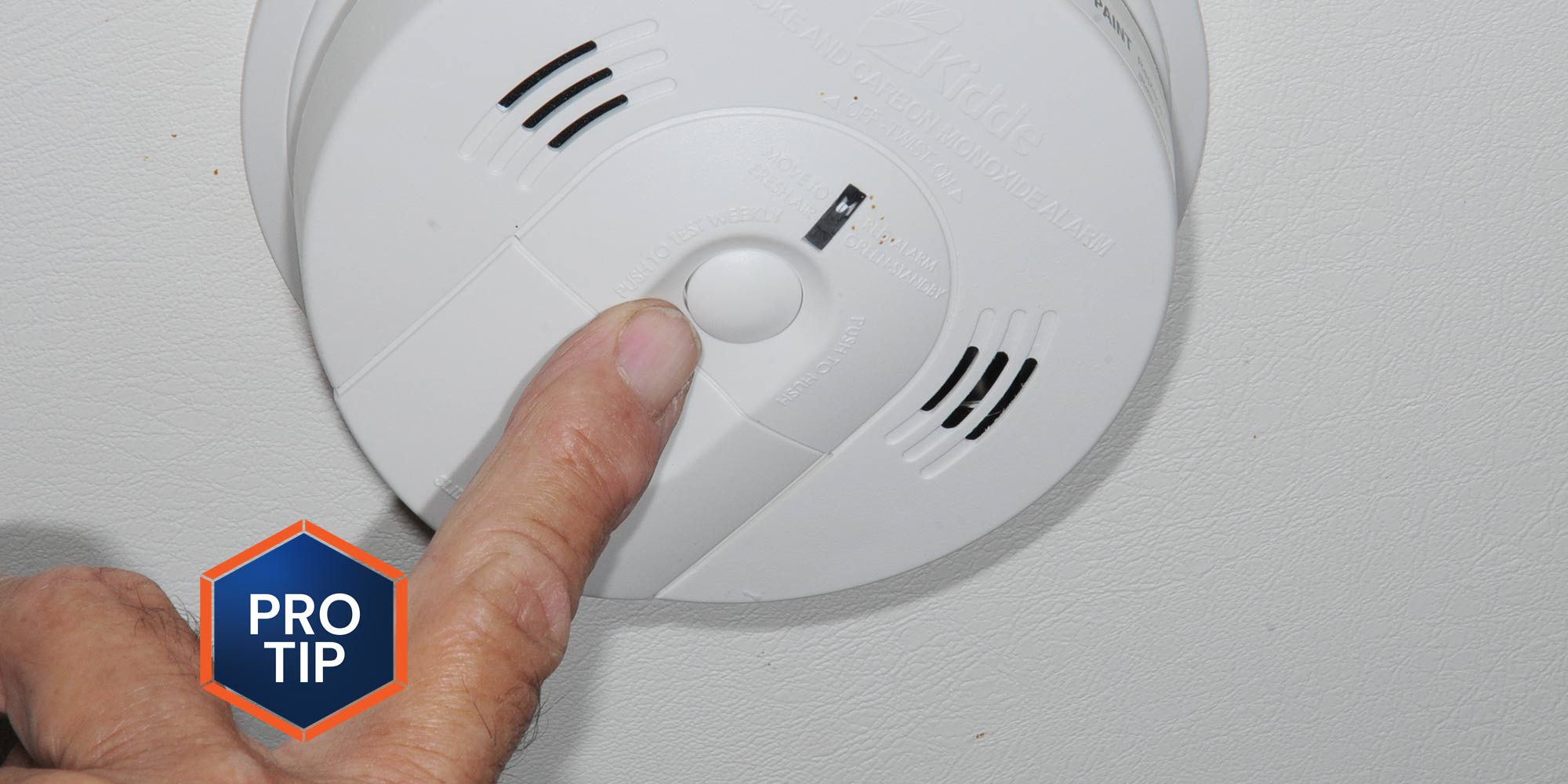
All detectors have circuit boards and sensors. Using hair spray or any other type of caustic aerosol near these units can lead to premature burn out. It’s important to follow a routine maintenance schedule to assure proper function. This is easily done by keeping track of testing and expiration dates on a sheet of paper that’s tucked inside of one of your cupboards. Typically, LP-gas and CO detectors should be replaced every five years regardless of their status. Smoke alarms are designed to last longer but should be replaced on or before the expiration date, or if it fails a test.
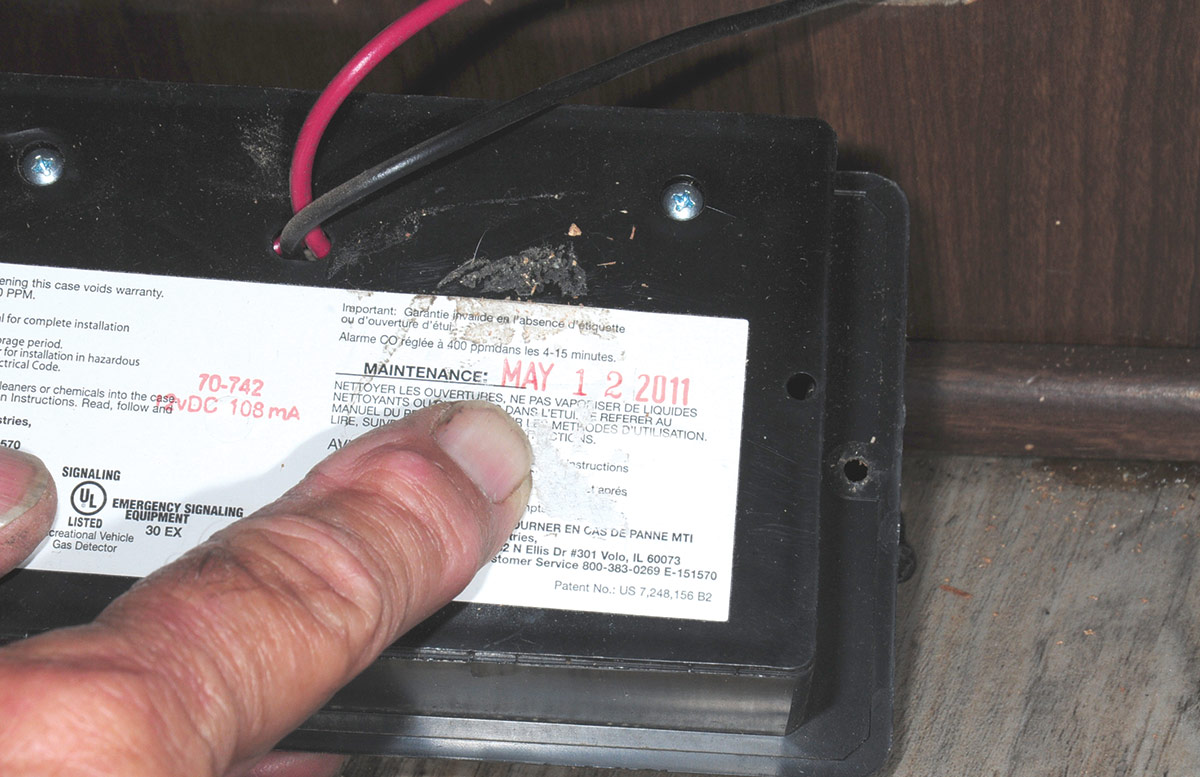
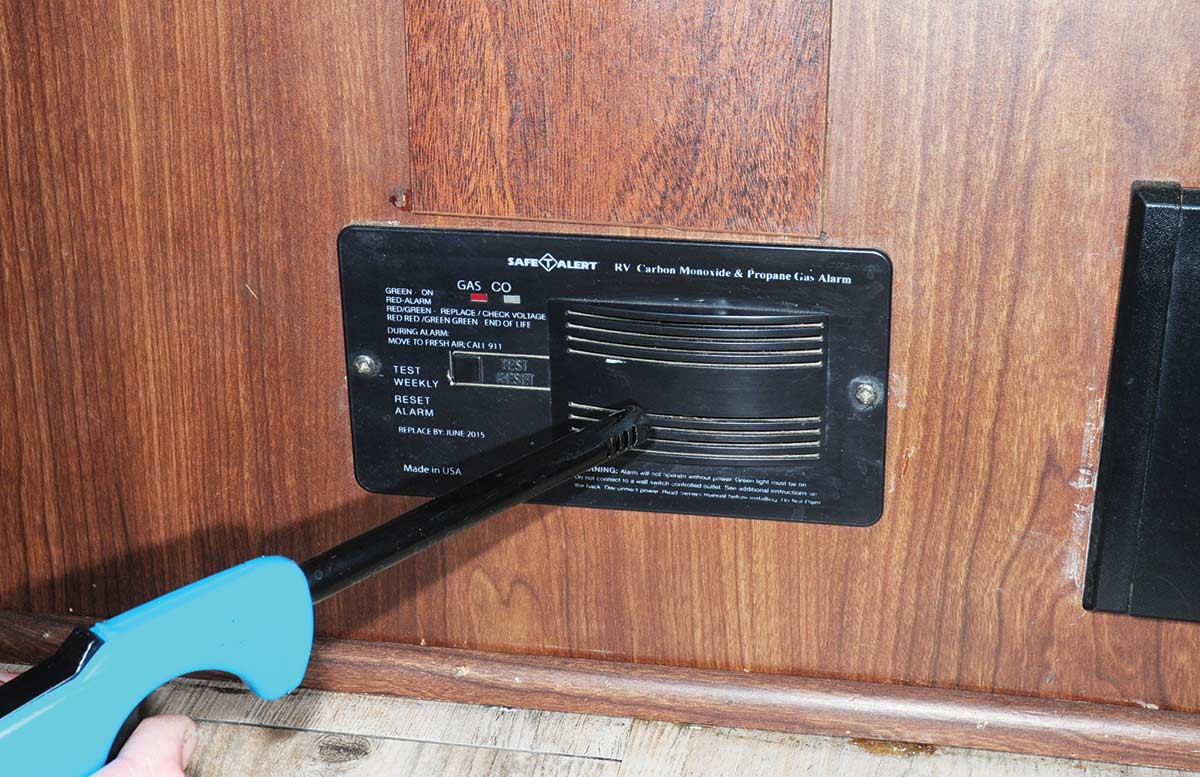
Low voltage can cause any of these detectors to start sounding off; fortunately, most of these units have a test button, which should be used before and during every outing. Smoke detectors have internal or added batteries while LP-gas and CO detectors must be hardwired into the RV’s electrical system to meet code. CO detectors typically have a 9-volt battery backup, which should be replaced yearly. If you have a CO detector with only a battery (hardwiring was code-mandated in 2005), it’s way too old and must be replaced.
There are also aerosol cans filled with smoke or carbon dioxide available online that can be sprayed near the sensors to test for proper operation. For LP-gas detectors without a test button, gas from a butane lighter with the flame extinguished can be presented to the sensor. Be sure to write down the date that you tested the unit.
Replacing an LP-gas-leak detector requires a wiring exercise. When replacing the LP-gas detector, the two power wires are cut and reconnected to the new unit using butt connectors; some models will have a connector for quick changing, but the replacement will have to be the same model. LP-gas detectors must be mounted near the floor, while CO detectors are placed higher up on a wall or ceiling; smoke detectors are attached to the ceiling.
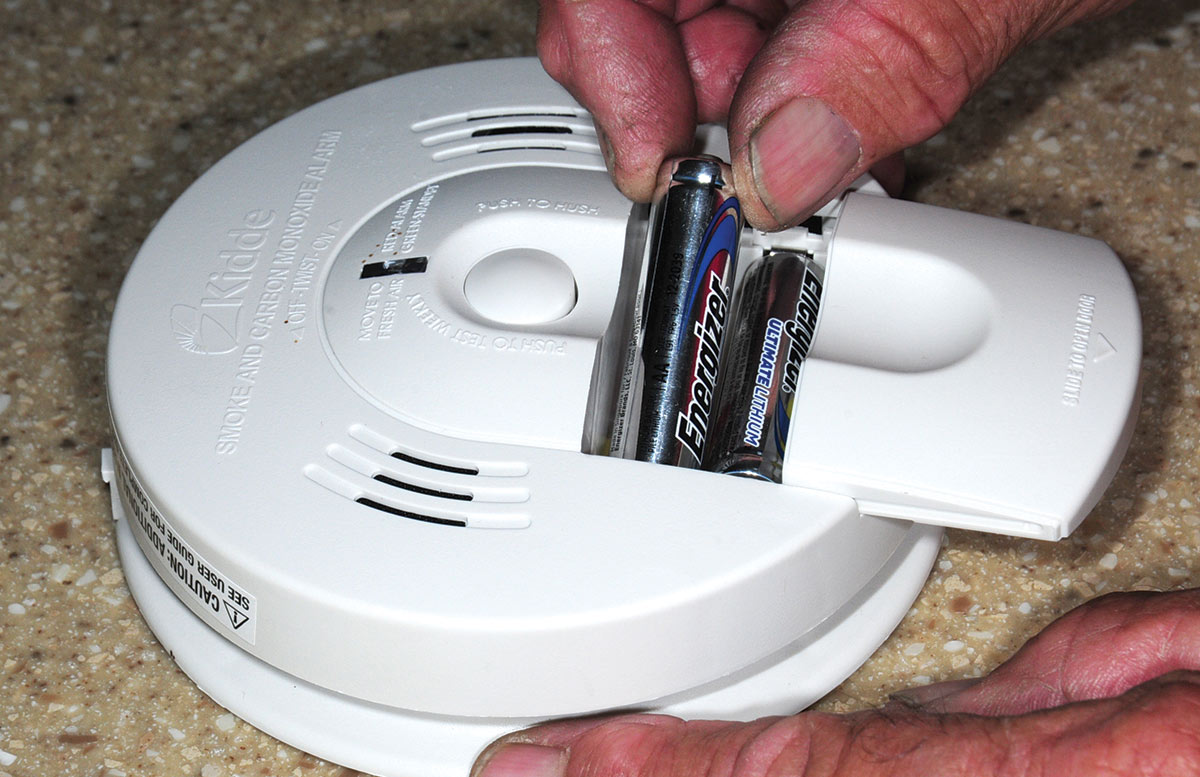
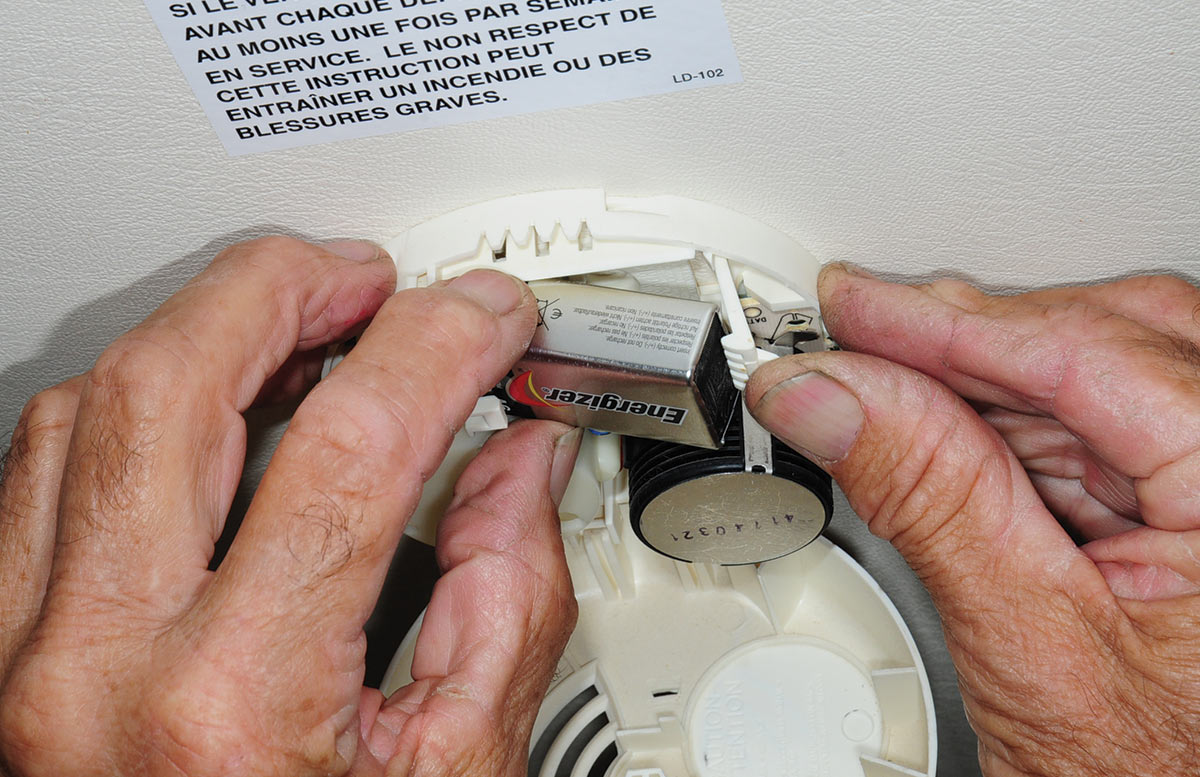
Carbon monoxide is a dangerous, odorless gas and in confined areas can overcome a person quickly and lead to death. One problem with carbon monoxide detectors is that they can go off in the middle of the night if the house batteries are discharged too deeply, waking everybody up. First, treat the alarm as if it is real and open windows/vacate the RV. If it’s determined the alarm was false, the house batteries will need charging. Some smoke detectors now come with a CO detector in the same unit; however, it’s not recommended that you eliminate the manufacturer-installed detector; location is critical for CO detectors.
Smoke detectors have improved vastly in the last 20 years. Many of them have internal batteries with a 10-year battery life, which can provide a false sense of security. Test often; it’s not uncommon for battery life to be much shorter than advertised. AA- or 9-volt batteries in smoke detectors should be replaced annually with lithium counterparts, which are more reliable and will not leak.
The short time it takes to assure detector integrity will provide long-term peace of mind, and keep occupants safe.
Already a Subscriber? Click here for Access to the Full Issues.

